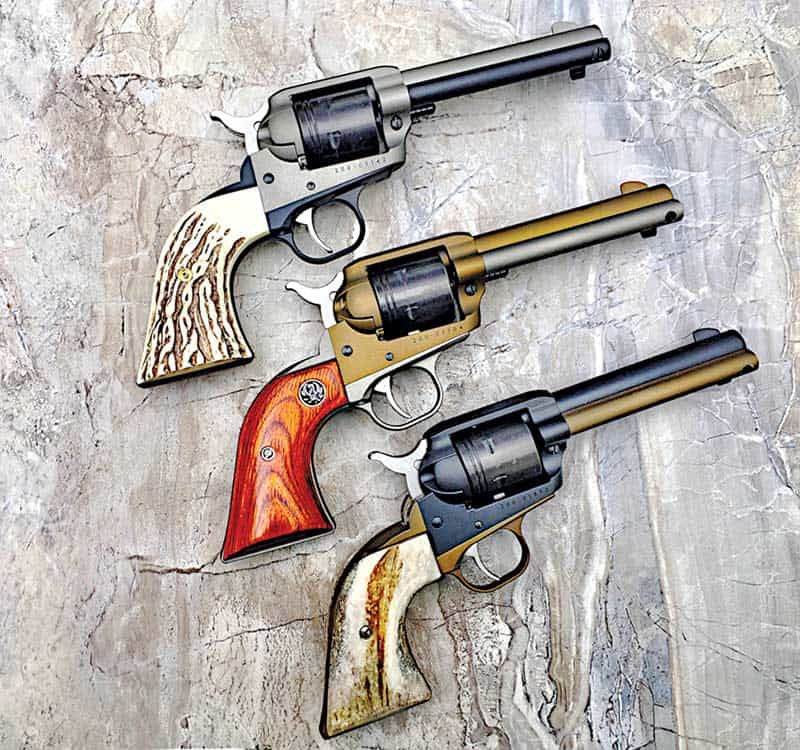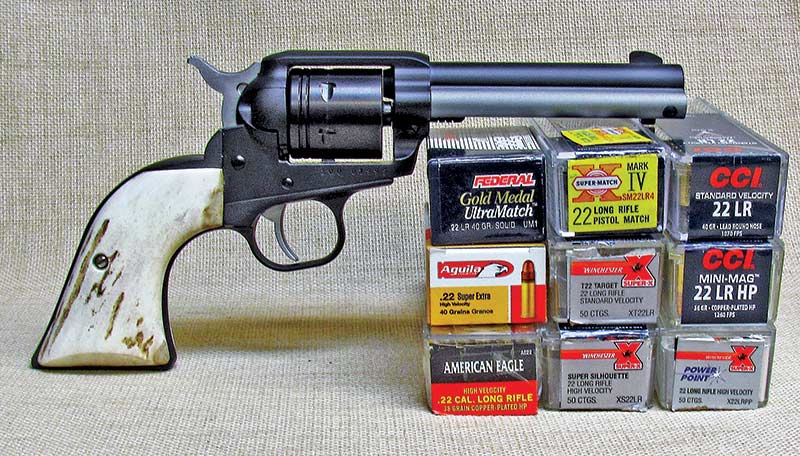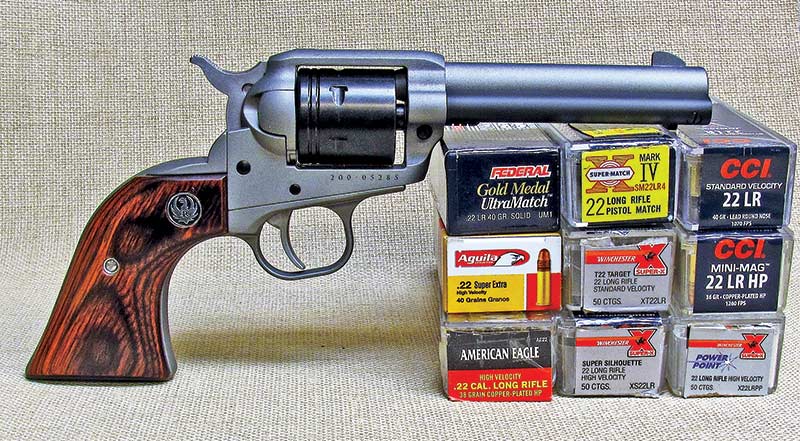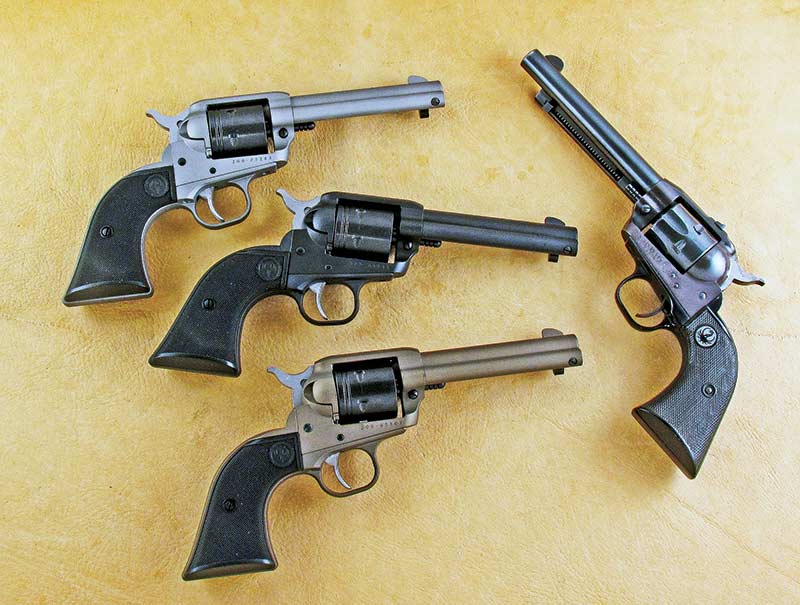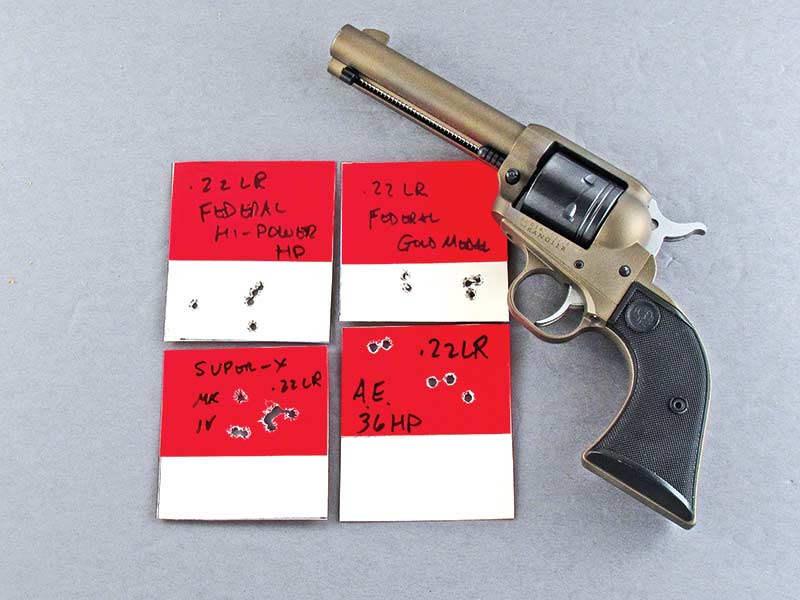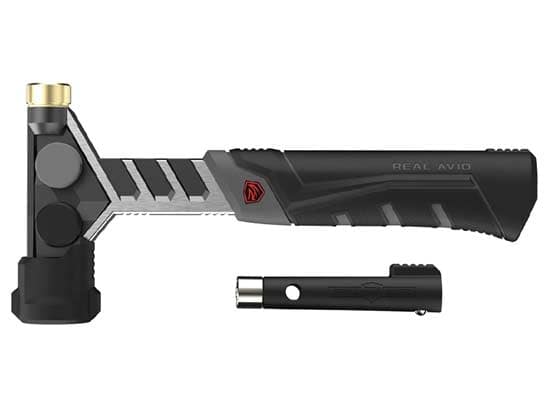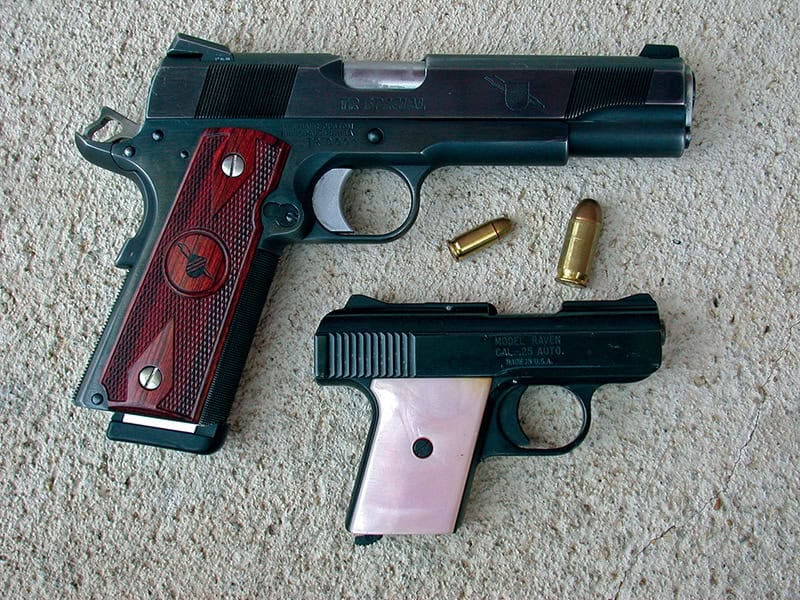Ruger's .22 Wranglers
Affordable Family Heirlooms!
In 1956 I was straight out of high school and purchased my first handgun, a Ruger .22 Single-Six for $63.25. At the time I was working for $0.90 an hour so this pistol took almost two week’s pay. That same year the house Diamond Dot and I have been living in for the past 50 years was built and originally sold for $8,500. I could place it on the market this morning for 30 times that price and sell it by evening. Now Ruger has introduced a new iteration of the Single-Six, not for 30 times the original price but at an MSRP of $249. This is definitely a modern miracle! And, although it has only been on the market for approximately one week as this is written, dealers are already offering it for $200.
The Wrangler has the basic Single-Six New Model lock work and is also the same size. The original Ruger Single-Six was steel with an aluminum alloy grip frame. A lightweight version of the Single-Six was also offered and these are definitely collector’s items today. The Wrangler has an aluminum alloy mainframe, a zinc alloy grip frame while the cylinder and cold hammer-forged barrel are steel. The barrel length offered is 45/8″, overall length is 101/4″, and weight is 30 oz. Sights are traditional single action with an integral rear sight cut into the top of the frame and a blade front sight. I found them quite easy to see. The barrel groove diameter is the same as all currently produced Ruger .22 Single-Six models, 0.219″ and the rifling twist is 1:14″.
Now it gets interesting. The cylinders are blued steel and the hammers and triggers are a silver finish, however the rest of the Wrangler is quite colorful. The main frame, grip frame, barrel and ejector rod housing are not blued, nor stainless steel, nor nickel-plated but rather they are Cerakoted just as many of the polymer framed semi-autos offered today by several manufacturers. As this is written there are three models available. One is Cerakoted black, however the other two are more colorful with one being finished in Silver Cerakote and the other Bronze Cerakote. They’re quite attractive and high on the Cool Factor list. I’ve been a blued steel/exotic grip guy for a long time, however, I find these new Rugers quite attractive.
Options?
There’s an interesting possibility for those who have an artistic sixgun soul. If you have all three versions, then grip frames and ejector rod housings can be swapped resulting in nine different combinations of colors. The plain black checkered synthetic (plastic) grips can also be replaced and XR3-RED grips from older as well as new production Single-Six/Blackhawk sixguns will fit. At least the grip frame pin will line up with the hole in most of the grip panels in my parts box, however most, but not all, of the grips are about 1/8″ too short for the Wrangler grip frame. Although they are slightly short they are still usable.
Another possibility for customizing is to fit the Wrangler with take-off grip frames from other New Model Single-Six/Blackhawks. The screw holes line up, however it requires modification of the tabs on the grip frame fitting into the back of the mainframe and the ears at the top of the grip frame fitting on both sides of the hammer may also be too short.
I can see this sixgun winding up in many a tackle box, backpack, carried in 4×4’s, slipped into the top of a fisherman’s waders, carried by those working trap lines or any place a .22 sixgun is what’s needed. I see the Wrangler as a real Workhorse with no worries about damaging the finish of a nicely blued sixgun.
No Magnumitus
As soon as the Wrangler was announced posters on internet forums started asking if Ruger .22 Single-Six Magnum cylinders could be fitted. The Wrangler has been deliberately engineered so as not to accept magnum cylinders. And the reason is found in two words: aluminum frame. The frame is designed to stand up for thousands upon thousands of rounds of .22 Long Rifle, however it will not do the same thing with the use of .22 Magnum cartridges. This Ruger Wrangler was designed to be a .22 sixgun to do many things, including those I have just mentioned. It is not to be made into something it was never intended to be — a .22 Magnum.
The Wrangler in all three versions was test-fired with 16 variations of .22 LR. I always try to use at least a dozen different types, however with rifles I’m somewhat handicapped as I do not like to use lead bullets in the longer rifle barrels, preferring plated bullets. With the short-barreled .22 Wranglers this is not a problem and I was able to use seven lead bullet versions and nine plated.
The Results?
You might think three “identical” sixguns would all perform the same. However, every sixgun, or any other firearm for that matter, even though they may look to be the same and even if they were built on the same day using the same machinery, still maintain their own personality. An example can be found with almost any of the .22’s tested, such as the CCI Mini-Mag Hollow Point.
In one of the wranglers it gave 2″ groups while the other two were right at 1″. Winchester Power Point and Federal Champion Hollow Points both gave 7/8″ groups in one pistol and 2″ in another. Nothing can be taken for granted. Everything must be experienced to find the best possible loads.
The Black Cerakoted Wrangler had four types of ammunition that were right at about 1″, however two gave the most accurate groups. This sixgun preferred CCI Mini-Mag HPs, and Federal Hi-Power with the Remington Golden Bullet HP and Winchester’s 525 bulk pack HP giving the tightest groups.
With the Silver Cerakoted Wrangler, seven of the loads were 1″ or less, with the Aquilla Super Extra the most accurate with a 3/4″ group. Both the Federal Champion HP and Winchester Power Point HP both resulted in 7/8″ groups for five shots at 20 yards.
Switching to the Bronze Wrangler also resulted in seven groups right at 1″, with the most accurate being Federal Lightning and CCI Mini-Mag HP. If I had to pick just one load to use in all three sixguns, based on accuracy straight across the spectrum, it would be the Remington Golden Bullet Hollow Point. Of the 48 groups fired it’s interesting to see the Aquilla posted the tightest group at 3/4″ in the Silver Wrangler and a 21/4″ “largest group” in the Bronze version.
What all this means is simply no matter what the .22 firearm chosen, just one version of ammunition may result in excellent results — or very poor results. It pays to try the largest possible variety of ammunition if accuracy is the goal.
The Black Wrangler shot 2″ to the right for me, however elevation was right on. I will simply adjust the barrel to bring the windage to point of aim. The other two Wranglers are both on for windage, however one shoots 2″ low and the other 11/4″ low in my hands with my hold and my eyes. Both of these are an easy fix as it simply requires filing down the front sight to bring the groups up where they belong.
My kids are shooters, my grandkids are shooters and now I’m looking forward to my great grandkids being shooters. I plan to shoot these Wranglers and take good care of them, however all three of them will eventually go to three of these great grandkids. Perhaps someday their kids, grandkids, and even great grandkids will be shooting these same Rugers!
For more info: www.ruger.com, Ph: (336) 949-5200

